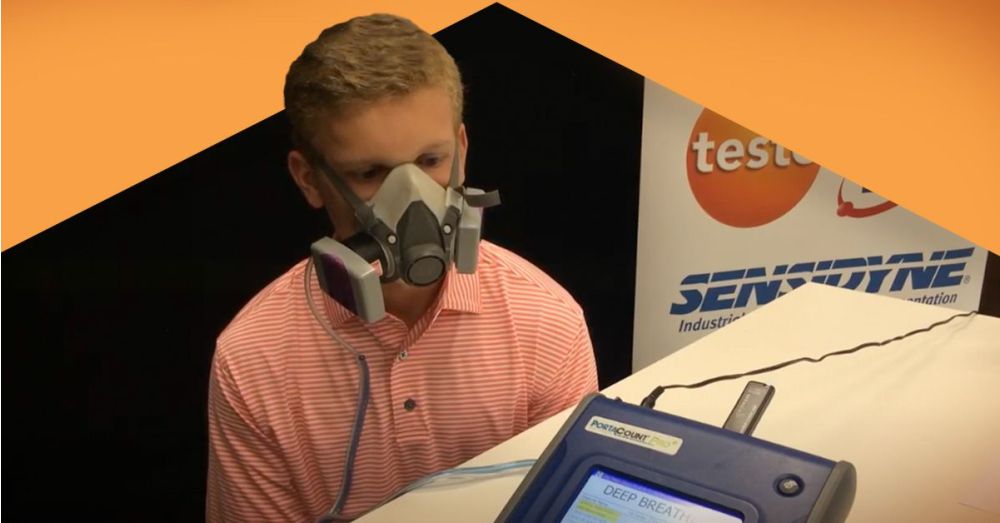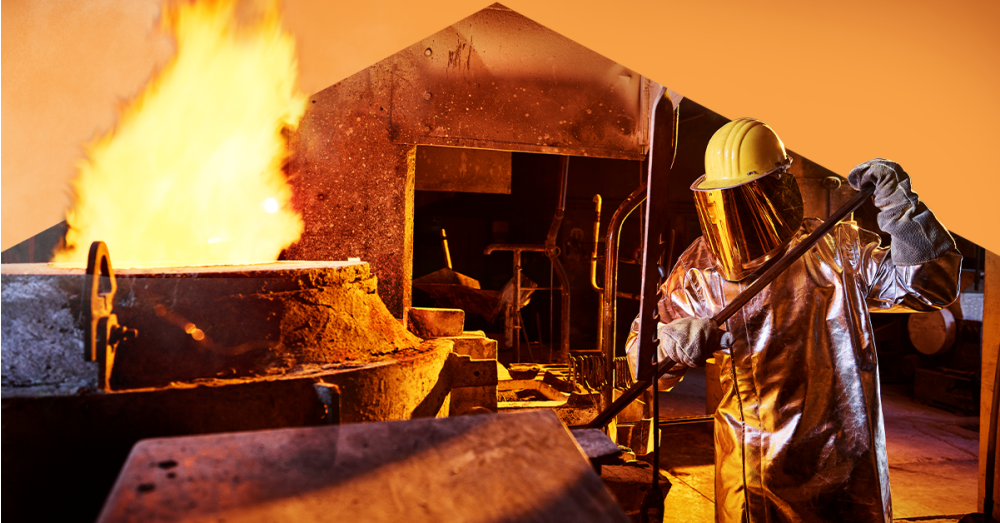How to Prevent & Monitor Heat Stress While Wearing PPE
Wearing personal protective equipment (PPE) like gloves, respirators, face shields, surgical gowns, hazmat suits is an important safety precaution for workers in a variety of industries, including emergency response, mining, chemical plants, manufacturing, production, energy, and more. This gear minimizes exposure to external hazards and helps prevent serious injuries or illnesses in the workplace.





